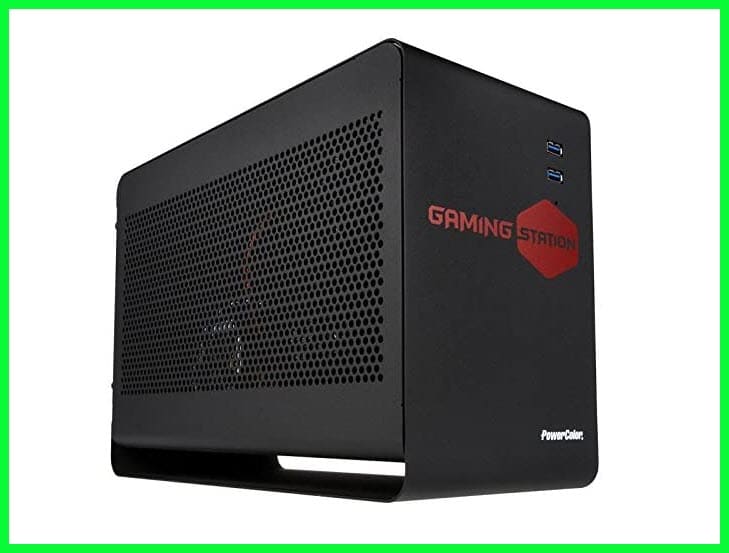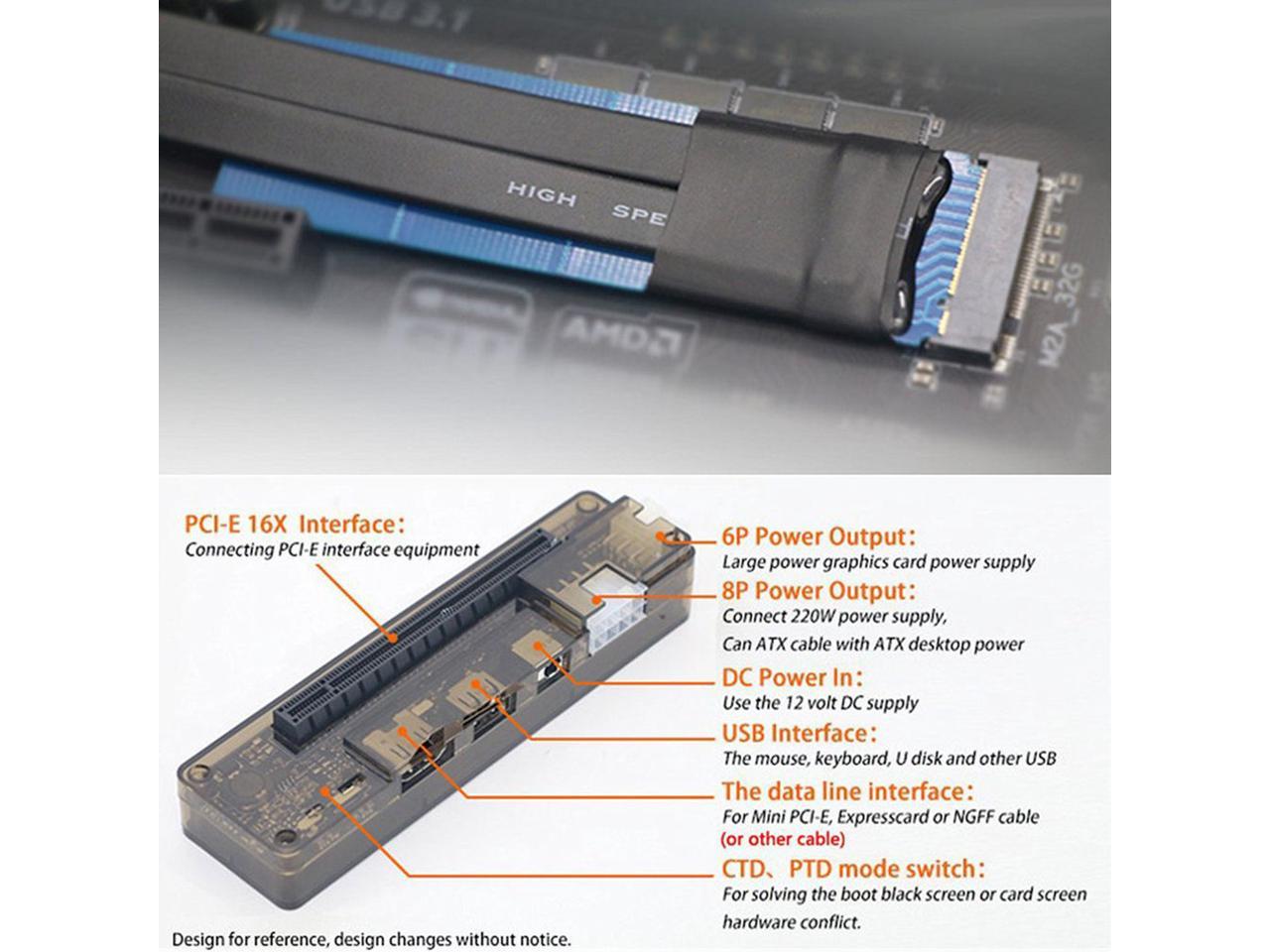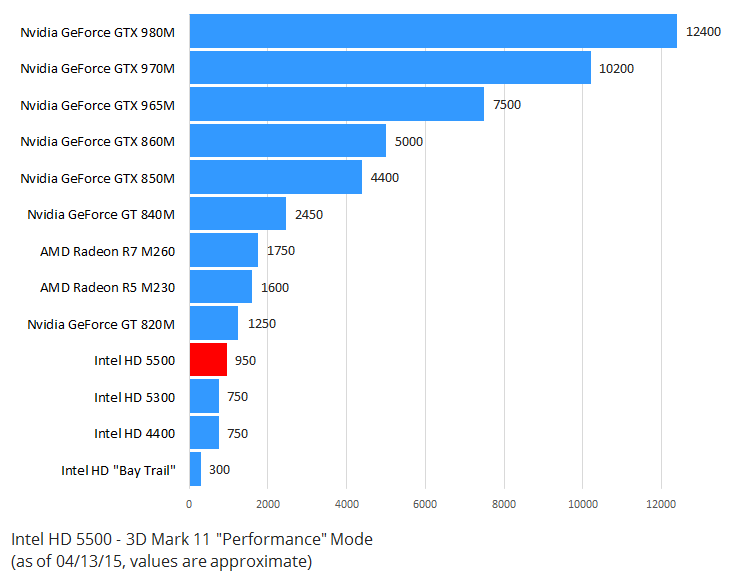

Building your own is hard right now due to crazy prices. The 2015 13.3-inch MSI GS30 Shadow was notable for its external graphics dock that would connect via a proprietary connector. I would if you can get a prebuilt desktop. External graphics cards for laptops and mini PCs aren't a new idea. You can quite literally buy a better cheap gaming laptop for the price of a rx580 dock. That and egpu's even on thunderbolt 3 make little sense due to the huge cost.


It just doesn't make sense to get a egpu with thunderbolt 2. It is a 6+ year old laptop by now and for a gaming laptop that is a LONG time. I had a very similar laptop (just with a 6700hq) and it simply put is time for a replacement. From testing I could find of thunderbolt 2 it reaches a cap in performance for cards around the 1050 level which is basically what you have now. Sure you can drop a 3080 in there but it will at best perform like a 1060 IF even. Which to be honest just ins't good enough to really allow a better card than the 970m you have perform well. While the OCuLink will be available by the end of this year, we won’t really be able to grasp the scope of its impact until we see how it performs with PCIe 4.0 when it is made available in 2016.It has thunderbolt gen 2. It is the further hope of the PCI-SIG that the cable can be of some use in desktop computers by replacing the existing PCIe slots and aiding in the slimming down of the PC’s body. However, they are working towards support for more bands in the very near future, which would enable them to connect to even the most powerful graphics cards on the market, such as the NVIDIA Titan X. Currently, the OCuLink cable only supports PCI Express four-lane transfer at a maximum of 32GB/s, rather than the standard 16 lanes allocated to standard graphics cards (for those of you using on the plate graphic solutions currently, most of those offer 8-16 lanes and a maximum transfer of 64GB/s). That’s not to say that the version 1.0 doesn’t still have its limitations though. When used inside the PC, the cable could allow extra flexibility to hardware makers in terms of component placement, while externally it would function as a standard cabling solution for low-cost I/O disambiguation.Įxecutives at PCI-SIG announced this week that Revision 0.9 of the spec is currently under review, and they expect the final specification, version 1.0, to debut in the third quarter of this year. Plus, according to president and chairman of the PCI SIG Al Yanes, the OCuLink cable could be used both inside and outside the PC.

Various prototypes have been shown, but in practice the only way to acquire such a rig has been to build it yourself, combining an ExpressCard slot and its pokey PCIe 2.0 x1 link with an external PCIe chassis.
External graphics card for laptop 2015 Pc#
The cable can be connected to any external component for the purpose of storage, networking, and of course the almighty graphics card. External graphics card for laptop 2015 usb 3 Pc Thankfully it looks like the PC industry is finally going to turn the corner on the concept thanks to Alienware. The technology is actually surprisingly simple – PCI Express is connected via the cable which allows for a very high data transfer, rather than having to connect directly to the motherboard as is the current norm. This is huge news for graphics lovers who want to be able to access the same level of graphics performance that they get on their desktop PC while on-the-go. The forthcoming PCI Express OCuLink cable will actually enable you to dock your notebook to an external graphics card, among other things. And if you do decide to go with a laptop, are you financially limited to one with low-cost integrated graphics, or are you able to pony up for the more expensive discrete GPU? The dilemma is one that the PCI Special Interest Group (PCI-SIG) has been very quietly focused on for the last couple of years, and it looks like a solution is finally on the horizon in the form of the OCuLink cable. While notebook PCs offer the utmost in convenience and portability, the need for low power consumption and a light, travel-friendly frame often greatly limit graphics power in comparison to what you can get in a desktop computer. For graphics hounds in the market for a laptop or PC, the struggle for what to forgo is very real.


 0 kommentar(er)
0 kommentar(er)
